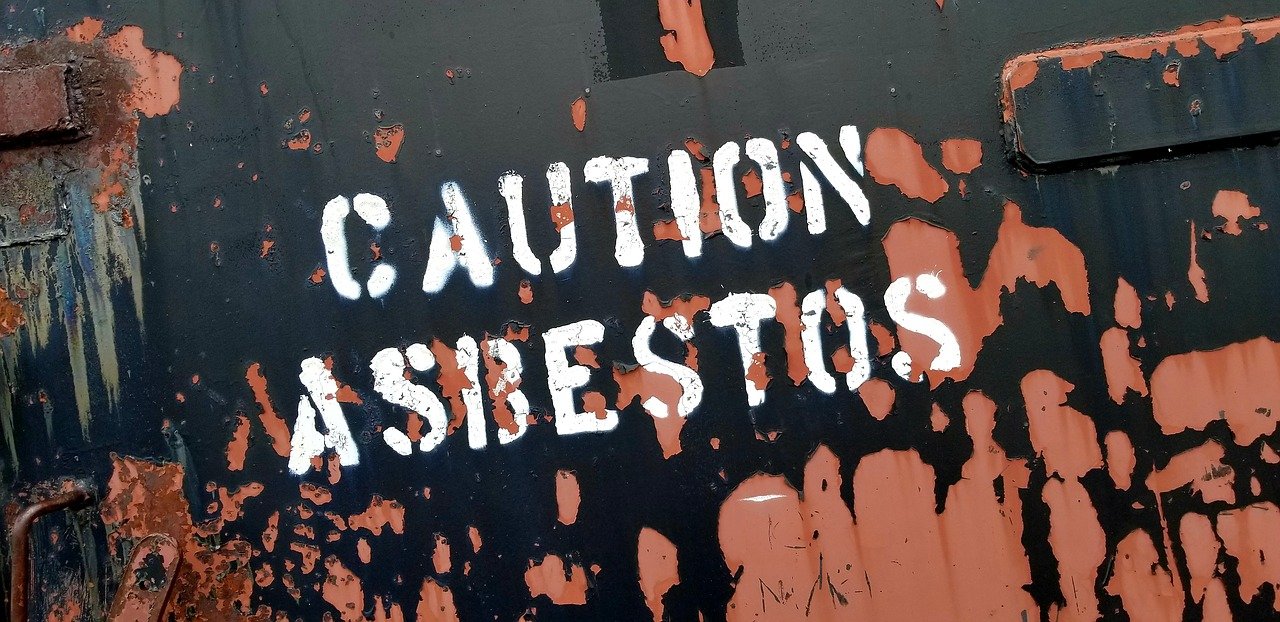Office jobs are bad for our health. Sitting all day will likely have us hunched at our desks, limiting oxygen we breathe in which can make us tired and affect our concentration. Research has found that those working an office job may be at a higher risk of obesity, diabetes, cancer, and heart disease, even if you exercise regularly.
However, there are jobs that bring a much greater risk of injury and fatalities. While safeguarding and risk assessments in place, workplace injuries remain a real risk in some industries. According to the International Labour Office, 2.3 million workplace fatalities and 240 million injuries take place every year. That translates to roughly 6,000 deaths every single day.
Here, we take a look at the most dangerous industries to work in in the UK.
Construction
According to the HSE’s 2020 report on workplace fatalities from April 2019 to March 2020, the construction industry is one of the most dangerous industries in the UK. Construction is one of the few industries that experienced an increase in deaths in comparison to the year before, rising from 37 to 40.
Construction sites come with innate risks and hazards. Although workers can be vigilant with personal protective equipment like hard hats, accidents can still happen. One person should be responsible for regular inspections to create a safe workplace.
Agriculture, forestry, and fishing
While the fatality rate for construction is four times higher than the average across all industries, agriculture, forestry, and fishing are 18 times as high as the average with 20 deaths, which is its lowest level yet. This sector employs fewer people than the construction industry yet makes up 20 per cent of all workplace fatalities.
Manufacturing
There were 15 workplace fatalities in the manufacturing industry in 2019–20. This rate has changed throughout the years, and while it is relatively low in comparison to other years, 2017–18 saw the same number. This equates to a rate of fatalities twice as high as the industry average.
The manufacturing industry experienced the biggest disparity in the rate of fatal injuries between employees and self-employed workers at 90 per cent and 10 per cent, respectively.
Transportation and storage
The transportation and storage industry accounts for 10 per cent of all fatal injuries with 11 deaths. In 2018–19, there were 16 deaths.
Workplace diseases
While we may prepare for immediate physical risks with personal protective equipment and hard hats, some workplace injuries might not be visible to the eye. According to the International Labour Office, work-related diseases caused the most workplace fatalities across the world, with hazardous substances alone causing 651,279 deaths a year.
Asbestos is the UK’s biggest cause of fatality from workplace exposure, causing more than 5,000 asbestos-related disease deaths each year. Not only can buildings be a risk, but there can be asbestos in soils that we breathe in and damage our lungs, causing mesothelioma and lung cancer. Unfortunately, the effects of asbestos don’t cumulate until around 50 years later due to the delayed latency period and have a high fatality rate.
The risk of asbestos exposure isn’t just isolated to one industry but can affect anyone, including office workers. There are still around six million tons of asbestos existing in 1.5 million buildings in the UK that are being actively removed. Duty holders, the person assigned the responsibility of ensuring a safe workspace, have a legal responsibility to seek an asbestos survey if there is a possibility the harmful material is present.
Although this was the lowest recorded year of workplace fatalities with a total of 111 workers – 149 fewer than the year before – according to the HSE, a reduction in workplace facilities could be due to COVID-19 and a temporary halt in going to work.
Sources
https://www.healthline.com/health/breathe-deeper-improve-health-and-posture#breathingrate
https://www.mic.com/articles/124711/your-health-and-fitness-with-office-jobs-vs-physical-jobs







